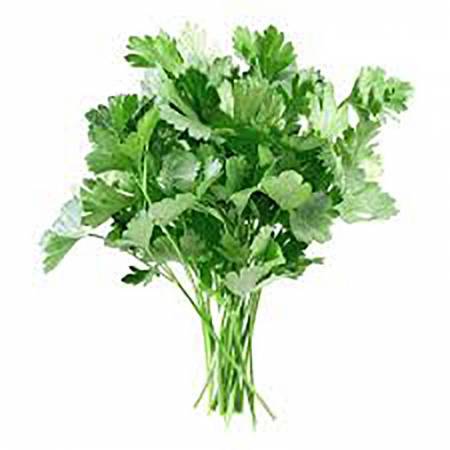History: Parsley was associated with death. It was used to honor the dead and some thought that it was evil. Egyptians used for the circulation and to heal broken capillaries. It was also used as a breath freshener and a diuretic.
Characteristics: A middle note with a medium aroma, Parsley Seed Essential Oil does not smell at all like the culinary herb; it has a sweet, warm spicy scent that is herbaceous.
Clinical Studies:
Indications: Used to clear infected and gangrenous wounds, bruises, scalp and hair tonic, arthritis, rheumatism, muscles spasm, hemorrhoids, bad breath, colic, flatulence, indigestion, stimulate appetite, chills, nausea, intestinal spasm, possible estrogen-like action.
Personality Profile:
Subtle Aromatherapy:
Mode of Administration: Aroma lamp, bath (with professional assistance), compress, cooking, diffusor, inhaler, light bulb ring, liquid candle, massage, mist spray.
Safety: Nontoxic at low levels. Must be avoided by pregnant women, those with kidney disease, peptic ulcers, and painful periods. At high doses can cause dizziness, intoxication, abortion.
References:
Battaglia, S. The Complete Guide to Aromatherapy; Third Edition The International Centre of Holistic Aromatherapy, Australia, 2017
Tisserand R. Young R. Essential Oil Safety, second edition. Churchhill Livingstone, UK, 2013
Sheppard-Hanger S. The Aromatherapy Practitioner Reference Manual. Atlantic Institute of Aromatherapy, USA, 2000
Caddy R. Essential Oils in Colour. Amberwood Publishing, UK, 2005
Lawless J. The encyclopaedia of Essential Oils. Element Books Limited, GB, 1992
Caddy R. the Essential Blending Guide. Amberwood Publishing, UK, 2007
Weaver W.W. Sauer’s Herbal Cures. Routledge, UK, 2001
World Wide Web Encyclopedia Britannica. USA, 2014
Photos attribution – istock Photos
LabAroma
Safety Considerations:
Do not take essential oils internally.
Do not apply to eyes, sensitive areas or mucous membranes.
Do not apply undiluted to skin (for directions on proper dilution refer to an aromatherapy text).
The information on this website is not intended to diagnose or prescribe.
Pregnant women, nursing mothers and children should not use essential oils without first consulting a healthcare provider.
The statements on this website have not been evaluated by the FDA.
You should not use this information for treating a health problem or disease or to make a self-diagnosis.
Contact your Health Care provider immediately if you suspect that you have a medical problem.
Information and statements regarding Kelley products have not been evaluated by the FDA and are not intended to diagnose, treat, cure, or prevent any health condition or disease.
All information, content and product descriptions contained within this site is for reference purposes and is not intended to substitute advice given by a pharmacist, physician, or other licensed health-care professional. You should not use this information for treating a health problem or disease or to make a self-diagnosis.
Contact your Health Care provider immediately if you suspect that you have a medical problem.


